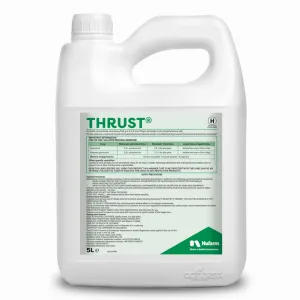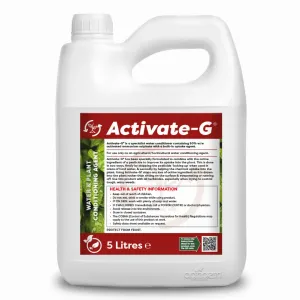Burdock’s most infamous characteristic is its sticky burrs. The inspiration behind Velcro, these hooked seed heads attach themselves to clothing, fur and animal coats - using them as highly effective transport mechanisms.

In paddocks, this can lead to serious problems for horses and other livestock, including eye infections, skin irritations and mouth sores (not to mention the challenge of pulling them out of pet hair, manes and tails).
Its success at dispersing seed means that just a small patch of burdock can quickly become a much larger infestation.
Burdock is a biennial plant, developing a rosette of large leaves in its first year together with a deep taproot that can grow to 1.2m in length. It then sends up a tall flower stalk in its second year that produces numerous burrs each holding hundreds of seeds that can remain viable for years.

Identifying Burdock
Burdock (or greater burdock) grows large, downy/hairy, heart-shaped leaves that are wavy at the margins/edges. Leaves can grow up to 18” long, are pale on the underside and can have an unpleasant smell when crushed.
The flower heads can look thistle-like, growing in pink/purple clusters on a large stalk in the second year - with some plants reaching up to 6ft in height.
While the plant is widely recognised as non-toxic, the tiny seed hairs can be problematic, and older leaves can accumulate excessive nitrates, meaning that some animals (including chickens and goats) should only be allowed to consume burdock in moderation.
Controlling Burdock
Removing burdock manually must involve removing or cutting the taproot as deep as possible and then pulling the entire plant out by hand. The depth of the tap roots, coupled with the fact that burdock can often be found growing in compacted soil, can make this process extremely difficult.
Use a targeted selective herbicide like Thrust together with Activate G to eradicate it safely, and spray the young leaves when they are actively growing.
Plants that have already flowered or gone to seed should be carefully topped and removed from the area before spraying fresh regrowth to prevent the further spread of seed.
Please get in touch with our technical team if you have specific questions about burdock removal on your land.





